Search Images
Browse Content (p. 1431)
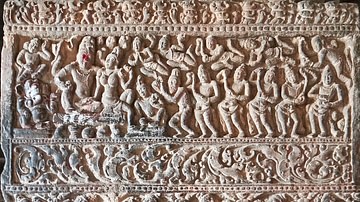
Image
Hara Gauri in Virupaksha Temple, Pattadakal
Hara Gauri in Virupaksha Temple, Pattadakal built during Early Chalukyan era (543 CE – 753 CE).

Image
Neo-Assyrian Cuneiform Lexical List
Neo-Assyrian lexical list of names of stones on a clay tablet.
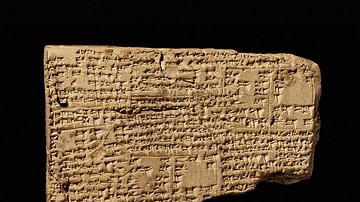
Image
Babylonian Cuneiform Lexical List
Late Babylonian lexical list of personal names on a clay tablet.

Image
Portraits of Alexander and a Youth (Hephaestion?)
Marble portraits of Alexander the Great and a youth, perhaps Hephaestion, Alexander's closest companion, c. 325-320 BCE. One of the earliest surviving portraits of Alexander. (Metropolitan Museum of Art, New York, on loan from the J. Paul...
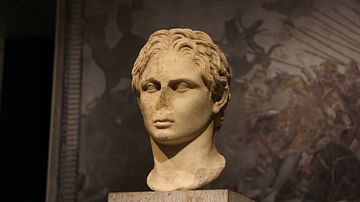
Image
Portrait of Alexander the Great
Portrait of Alexander the Great made during his reign by his court sculptor, Lysippos. Highly influential on portraits of subsequent Hellenistic kings. Currently at the Metropolitan Museum of Art, New York.
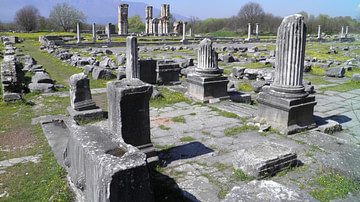
Image
Roman Forum, Philippi
The Roman forum of Philippi, Macedon. In the background are the remains of the large Basilica B, c. 550 CE.
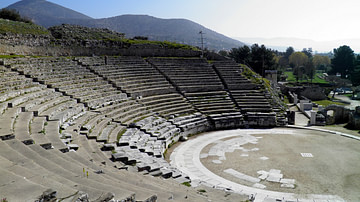
Image
Theatre of Philippi
The theatre of Philippi, Macedon, built during the reign of Philip II in the 4th century BCE.
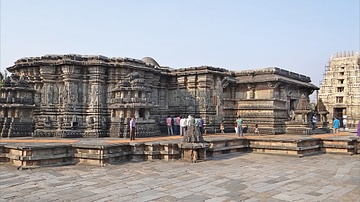
Image
Chennakesava Temple in Belur
Chennakesava Temple in Belur. A stellar example of Hoysala Architecture (1026 CE – 1343 CE).
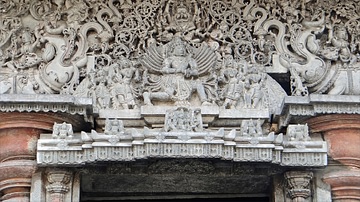
Image
Garuda in Chennakesava Temple, Belur
Bas relief of Garuda on the top of a door in Chennakesava Temple in Belur. It was built during the reign of the Hoysalas (1026 CE – 1343 CE).
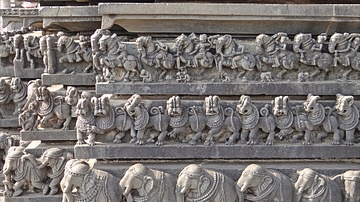
Image
Elephants, Chennakesava Temple
Intricate relief sculptures at the base of Chennakesava Temple in Belur built in Hoysala period (1026 CE – 1343 CE).